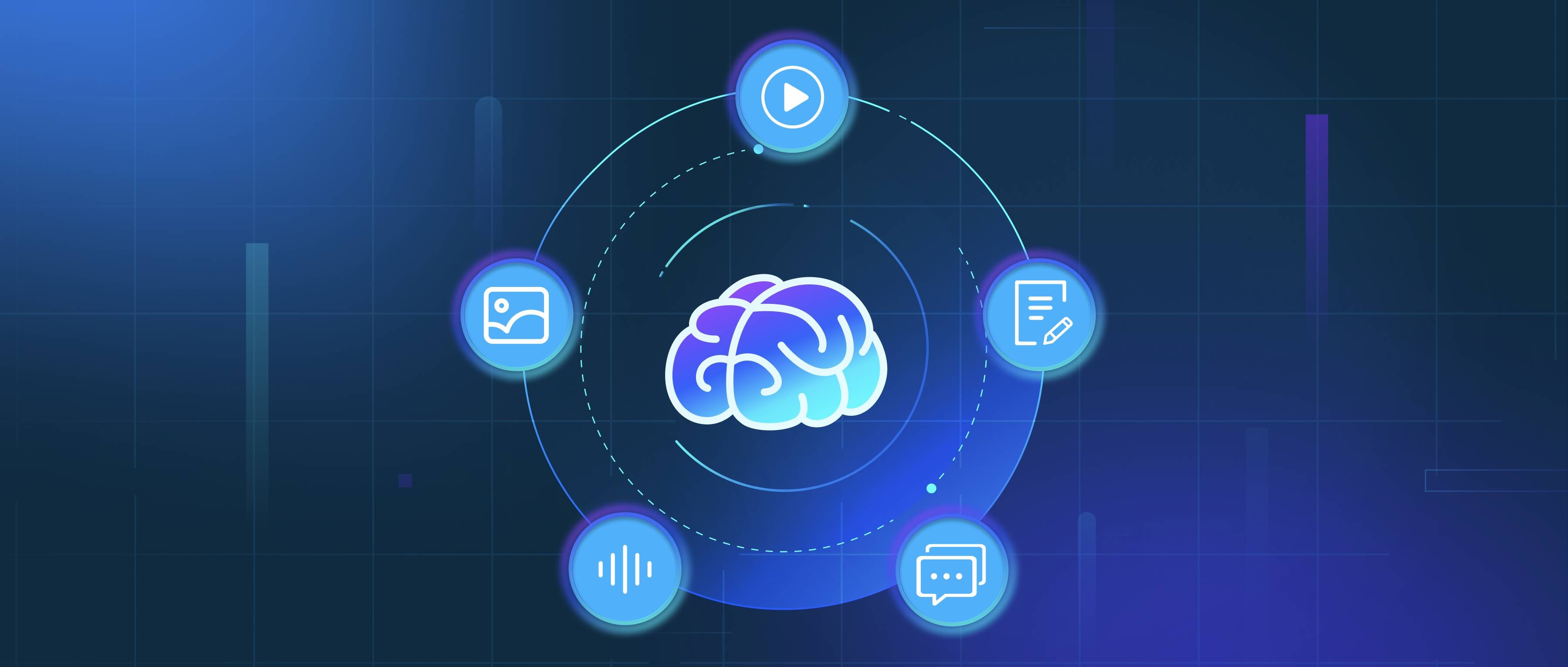Q-learning is a reinforcement learning algorithm that allows an agent to learn how to make decisions by taking actions in an environment to maximize cumulative rewards. It operates on the principle of trial and error, where the agent learns the value of actions based on their outcomes. The core idea is to use a Q-table, which records values (Q-values) for each state-action pair representing the expected utility of taking a particular action from a specific state. Over time, through exploration and exploitation, the agent updates its Q-values to improve its decision-making.
At the start, the Q-table is usually initialized with arbitrary values (often zeros), as the agent starts with no prior knowledge about the environment. The agent explores different states and actions, sometimes opting for random choices (exploration) while also leveraging the best-known actions (exploitation) based on current Q-values. The update rule for the Q-values is formulated using the Bellman equation, which combines the immediate reward received after taking an action and the maximum expected future rewards of the next state. This process is repeated across episodes of interaction with the environment until the Q-values stabilize, indicating the agent has learned an optimal or near-optimal policy.
For example, consider a robot trying to navigate a maze. The robot's states are the different positions it can occupy within the maze, and its actions are the moves it can make (like going left, right, up, or down). Initially, the robot wouldn’t know which moves are effective and which lead to dead ends. As it navigates the maze, it updates its Q-table based on the rewards it receives, such as negative rewards for hitting walls and positive rewards for reaching the exit. Over time, the robot develops a map of values that guide it to the most efficient path to the exit, demonstrating how Q-learning allows for effective decision-making through learning and experience.
